Learn about the Women Against Pit Closures movement through a tour of some of the archives held at LSE Library. The movement grew out of a network of local groups that had been set up by women in mining communities. A key figure was Jean McCrindle, who had helped to set up the first support groups in Barnsley.
Women Against Pit Closures (WAPC) was established during the 1984-85 miners’ strike. The strike was an industrial dispute led by the National Union of Mineworkers (NUM) that began 40 years ago in March 1984. WAPC organised rallies and marches, petitions, fundraising events and ran soup kitchens to feed miners and their families.

The movement grew out of the network of local support groups that had been set up by women in mining communities at the start of the dispute. An early rally held in Barnsley in May 1984 brought together many of these groups from across the UK, and in July a national coordinating committee was established, with the aim of strengthening the links made between the women.
It was agreed that the majority of officials should be wives of miners but that various organisations who had given their support, such as SERTUC (Southern and Eastern Region of the Trades Union Congress), would also be represented on the committee.
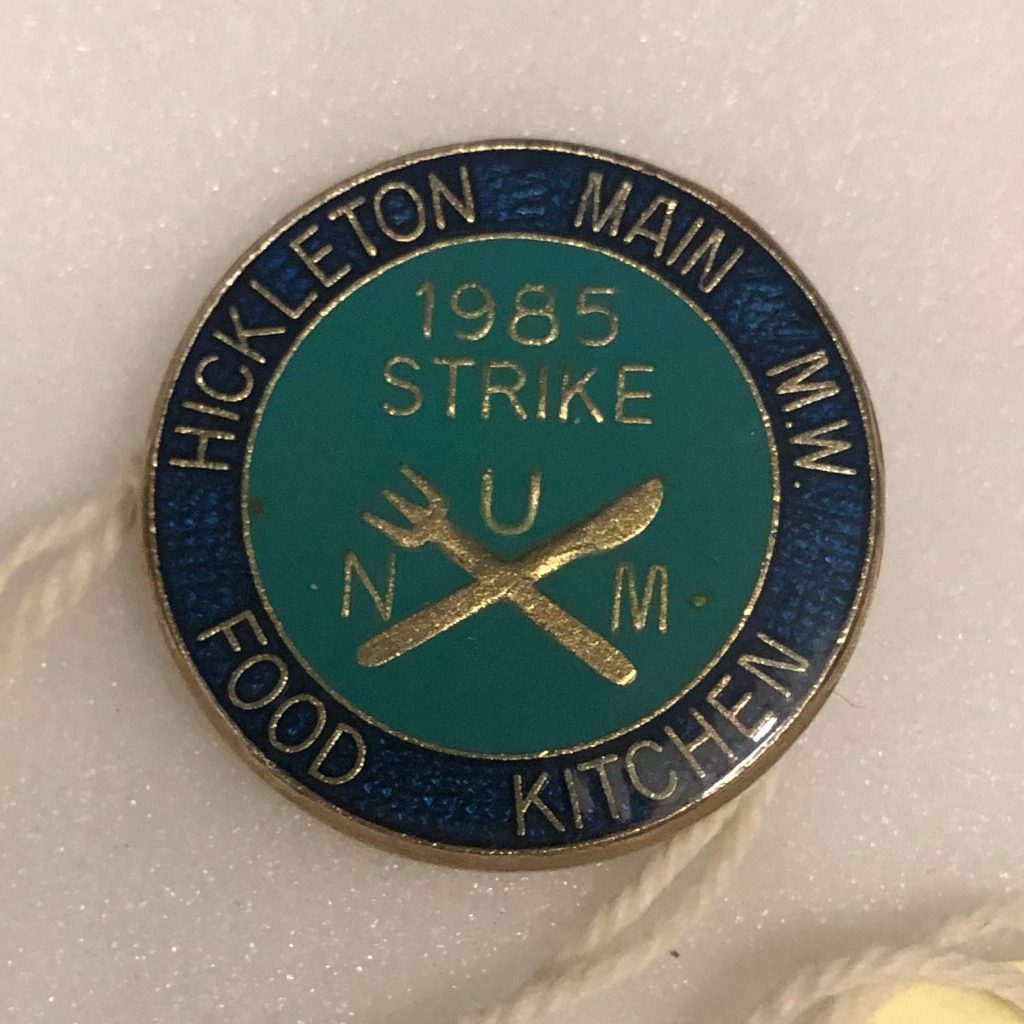
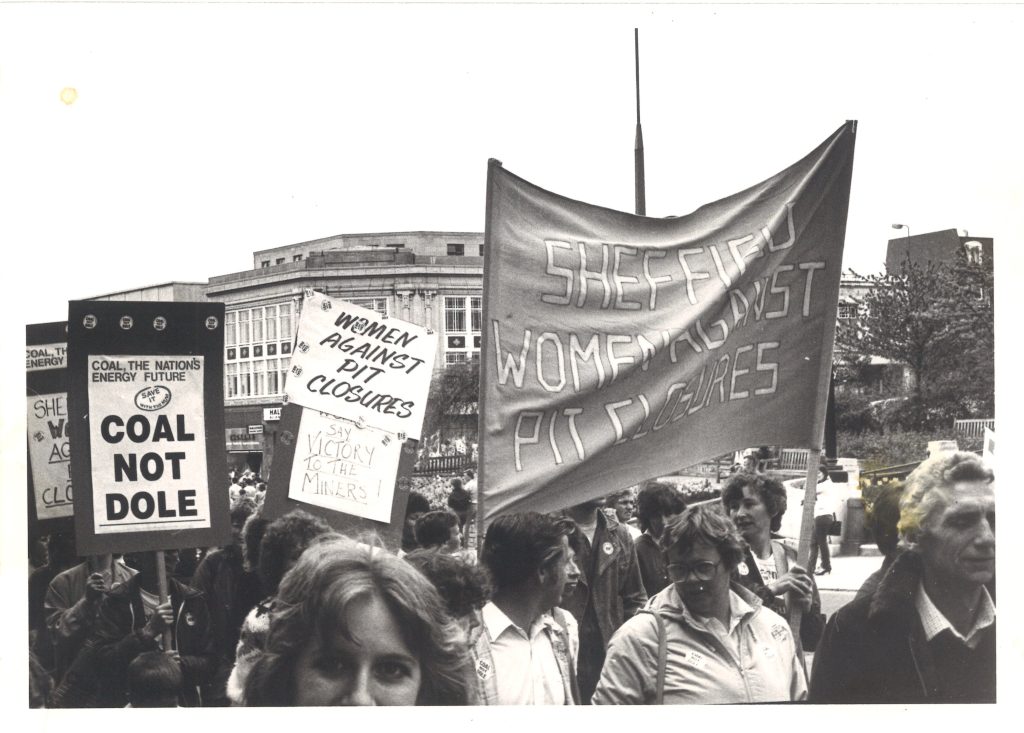
Jean McCrindle was a key figure who helped to set up the first support groups in Barnsley. She became the first Treasurer of the national coordinating committee and remained an active organiser throughout the strike. Jean was a well-known socialist and a lecturer at an adult education college with close links to the NUM and other trade unions. In the run-up to the strike, she argued that women should be encouraged to attend rallies and take an active role in the campaign against closures.
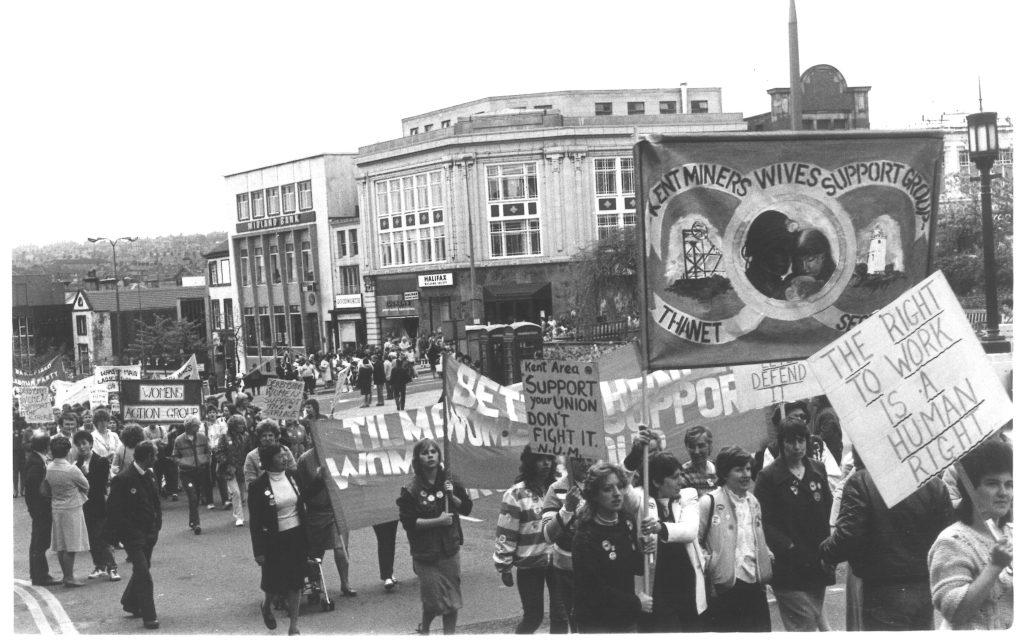
[t]he actual rally was indescribably exciting—electric, unconventional, joyful, exuberant—chanting, witty, ebullient. – Jean McCrindle’s diary
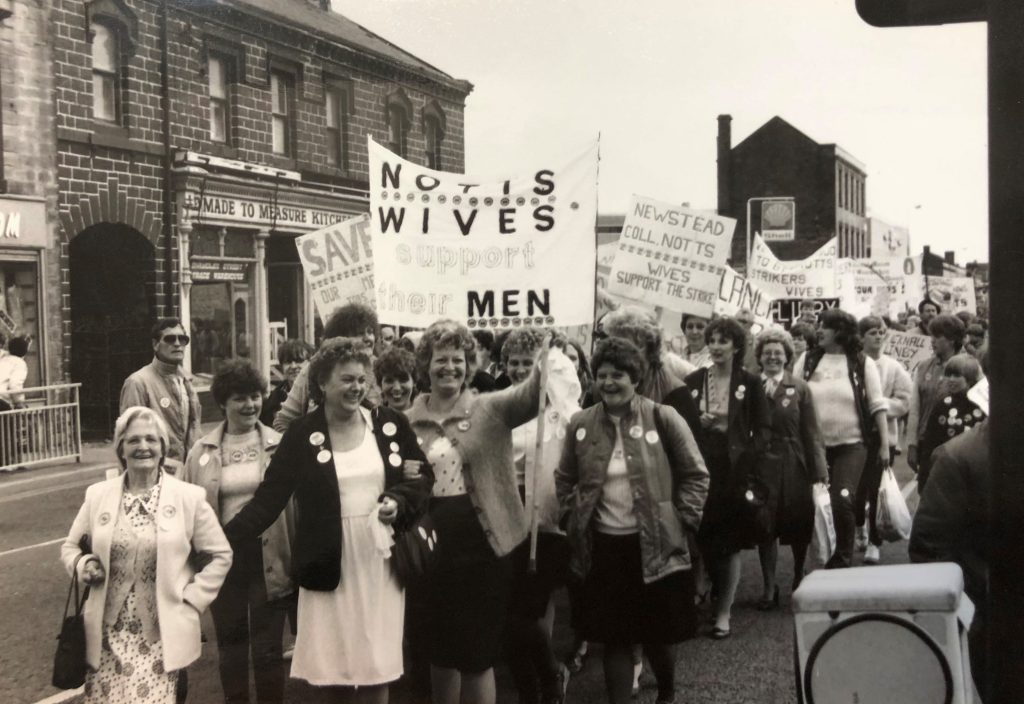
The WAPC movement was mainly made up of working-class women and although some members were already politically engaged, for many this was their first experience of activism.
Jean used her links to the Women’s Liberation Movement to gain support from metropolitan feminists who might otherwise have been reluctant to be associated with the NUM. Reciprocal trips between women in coalfield communities and women in London were organised so that they could campaign together and learn from one another’s perspectives. WAPC representatives were also invited to speak at trade union meetings across Europe.
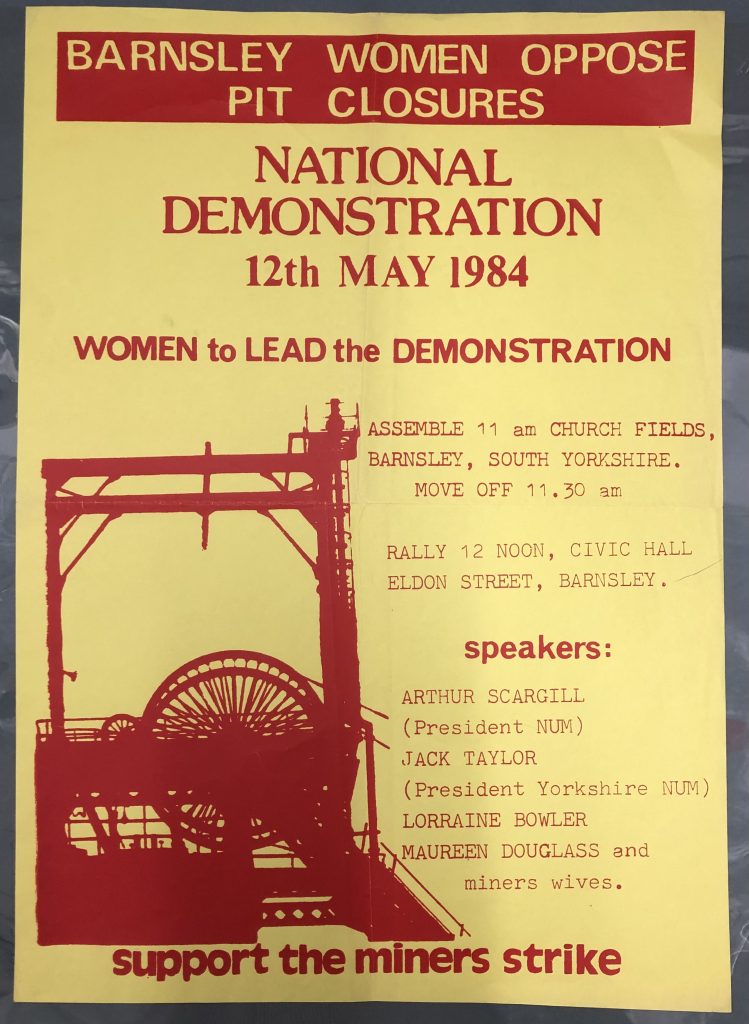
A national women’s rally against pit closures took place in London on 11 August 1984. The route of the march went from Trafalgar Square down to Burgess Park in South London, passing by both Downing Street – where demonstrators fell silent to express their disapproval at the government’s lack of concern – and the Department of Health and Social Security, which had withheld benefits from striking miners’ families.
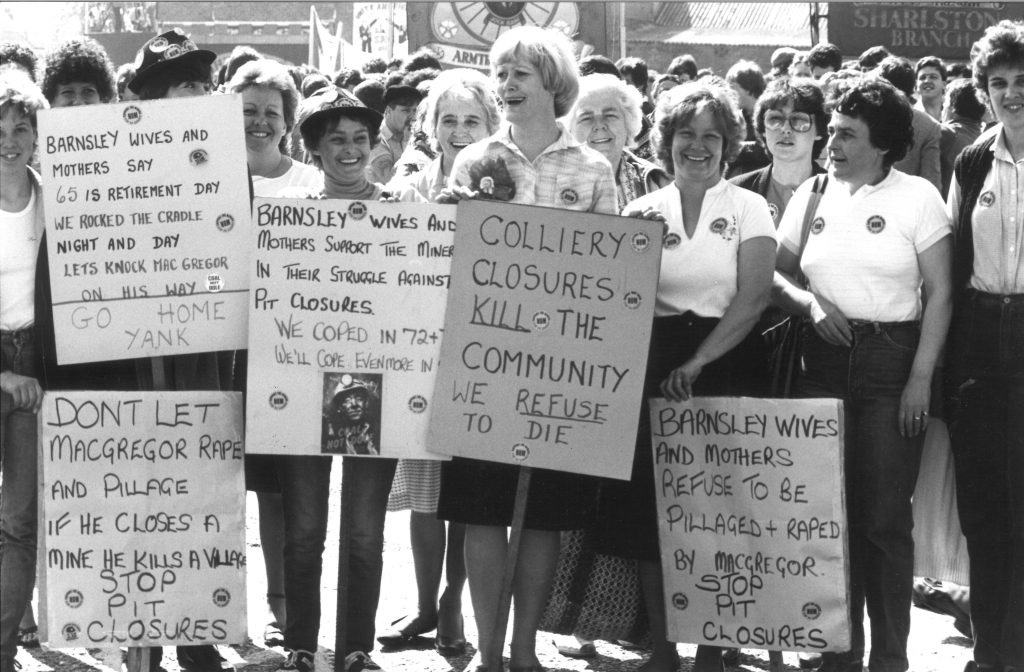
Although there was some tension within the WAPC movement, between those with more traditional views and others who saw the campaign as an opportunity to challenge gender roles, the experience of solidarity made many feel that they were all part of the same women’s movement.
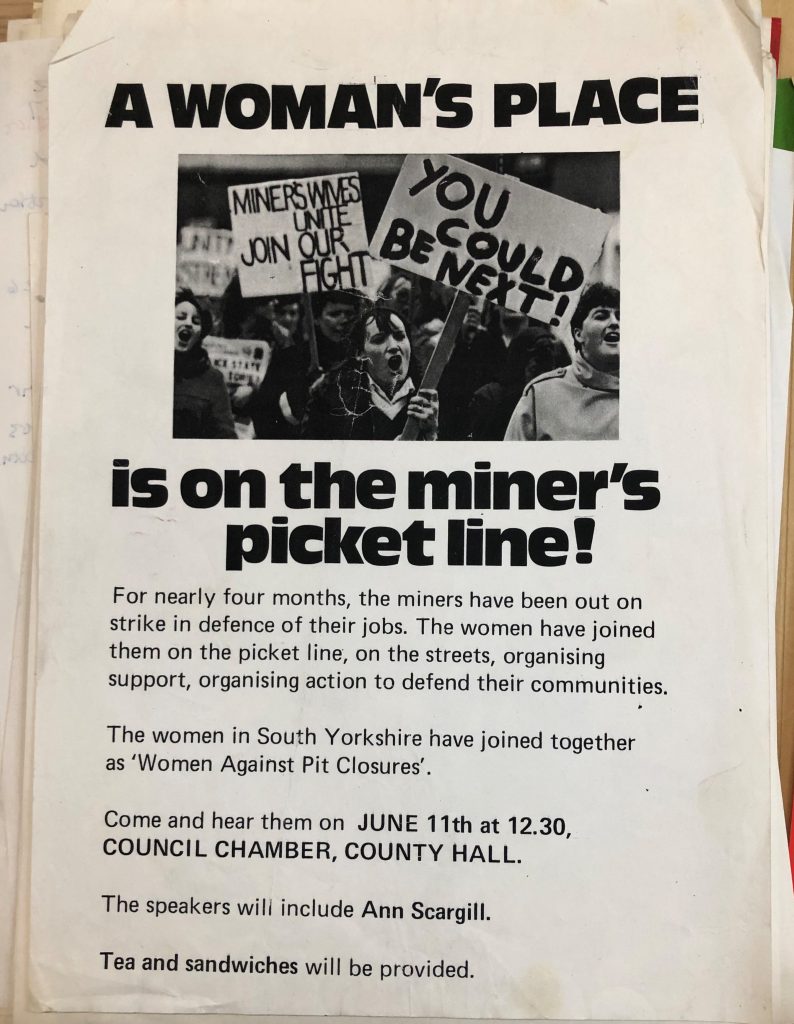
WAPC provided vital practical support but also empowered women in coalfield communities and connected them to campaigns for women’s rights and other women’s protests, such as Greenham Common.

The WAPC material in McCrindle’s archive contains meeting minutes, records of the Barnsley WAPC and other local support groups, conference papers, photographs, and badges and artefacts, like a Women in Action mug and a WAPC replica miner’s lamp. The archive also includes pamphlets which record the women’s stories and activism through poetry, writing and images.
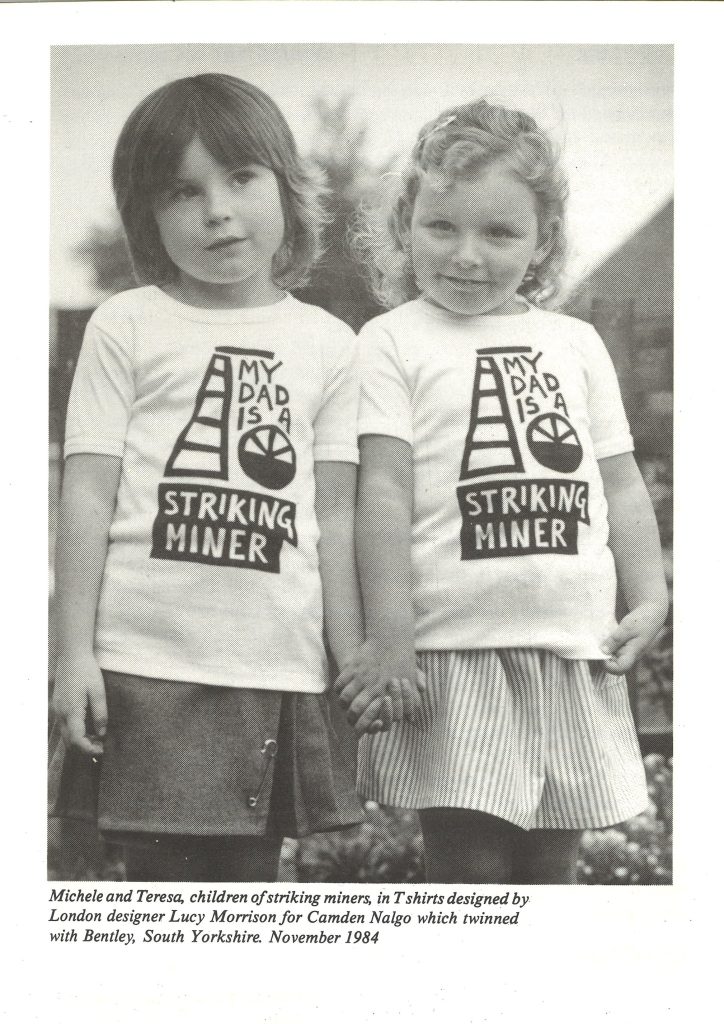
Women Against Pit Closures provided vital practical support but also empowered women in coalfield communities and connected them to campaigns for women’s rights and other women’s protests, such as Greenham Common.
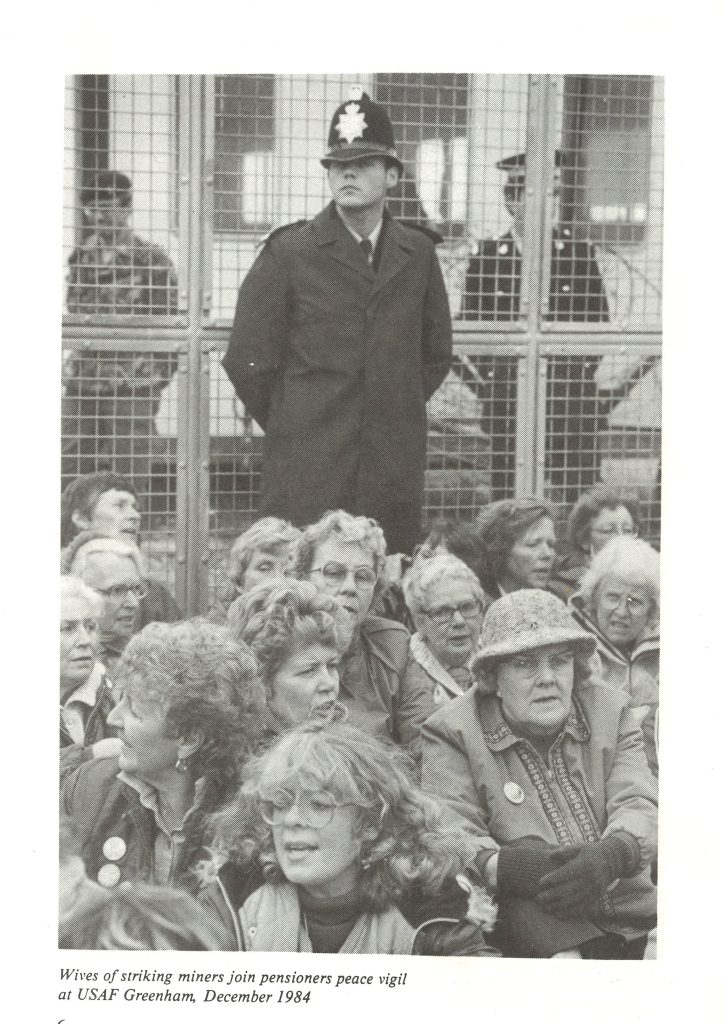
The WAPC material in McCrindle’s archive contains meeting minutes, records of the Barnsley WAPC and other local support groups, conference papers, photographs, and badges.
The archive also includes pamphlets which record the women’s stories and activism through poetry, writing and images.
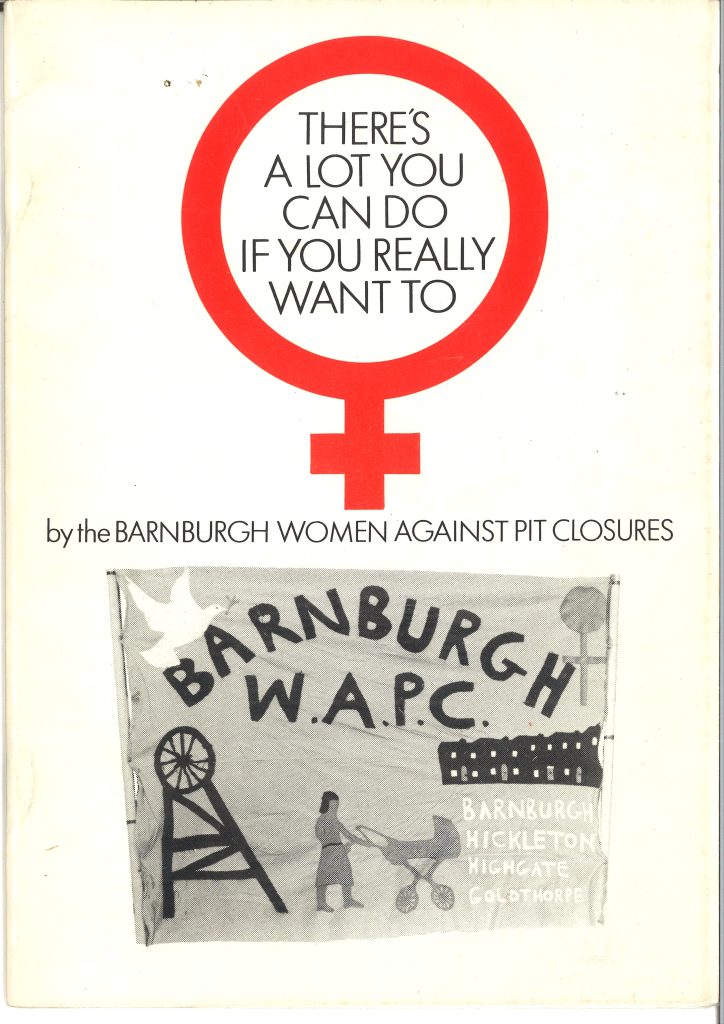

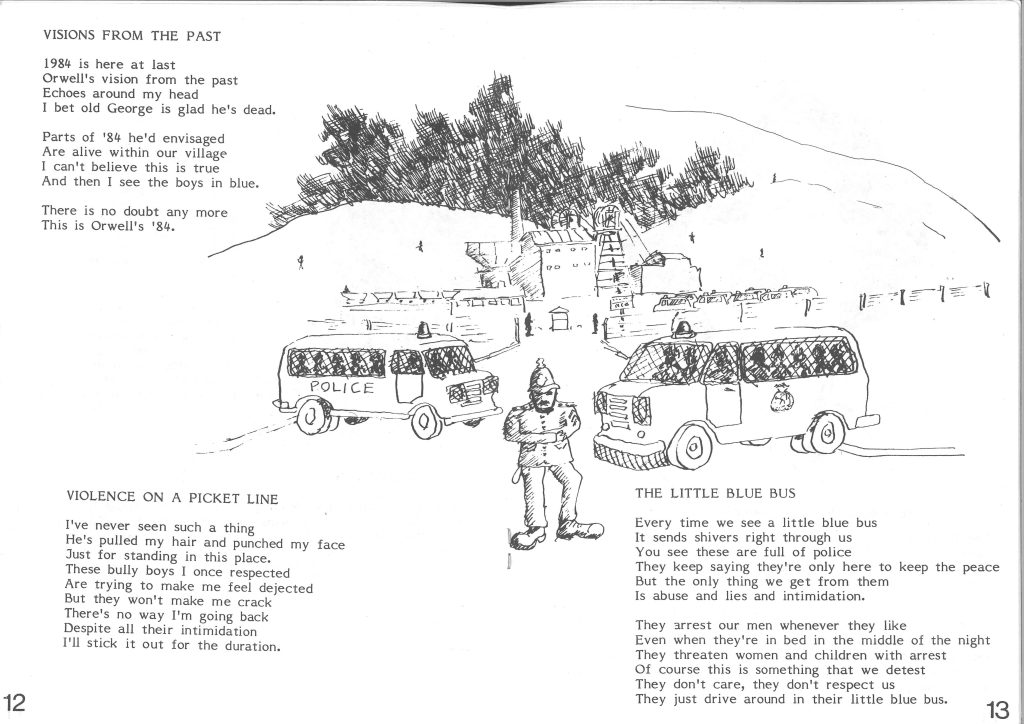
It also includes artefacts like this Women in Action mug and a WAPC replica miner’s lamp.
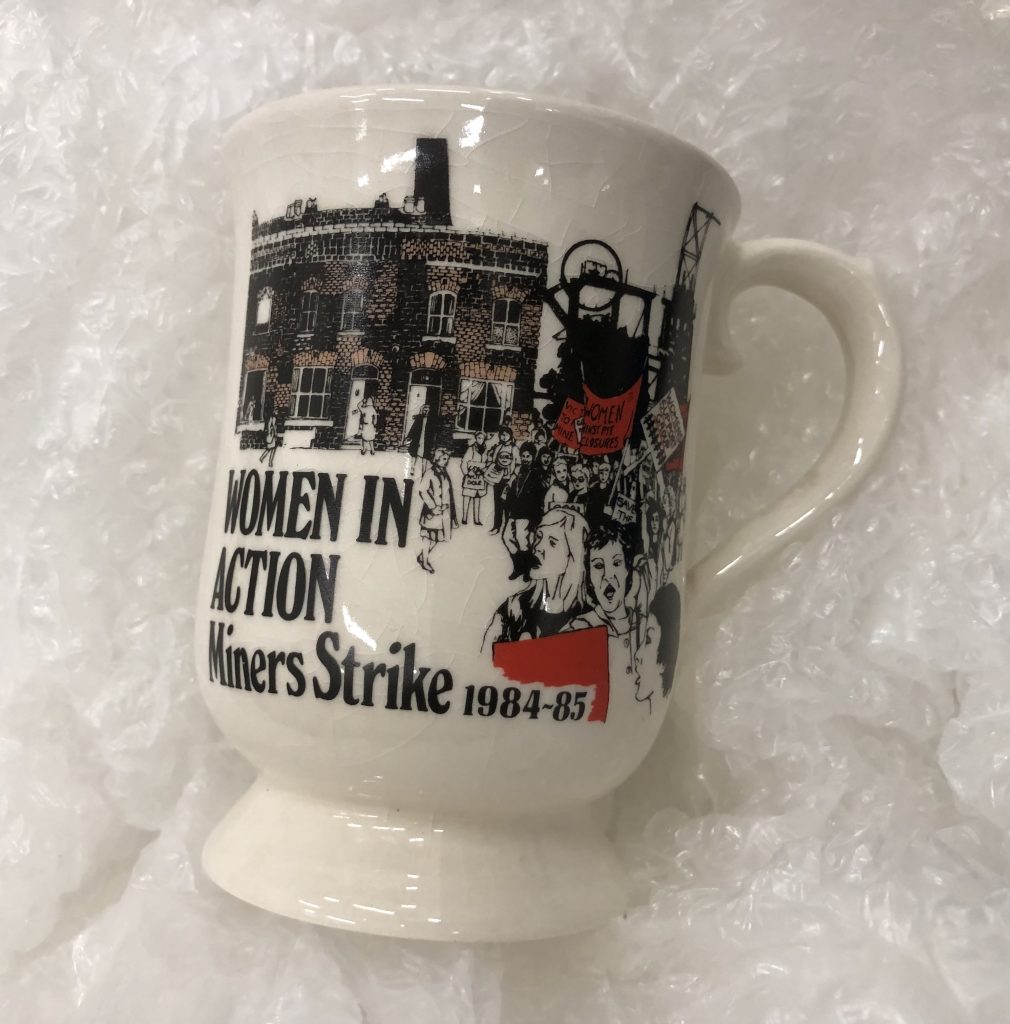
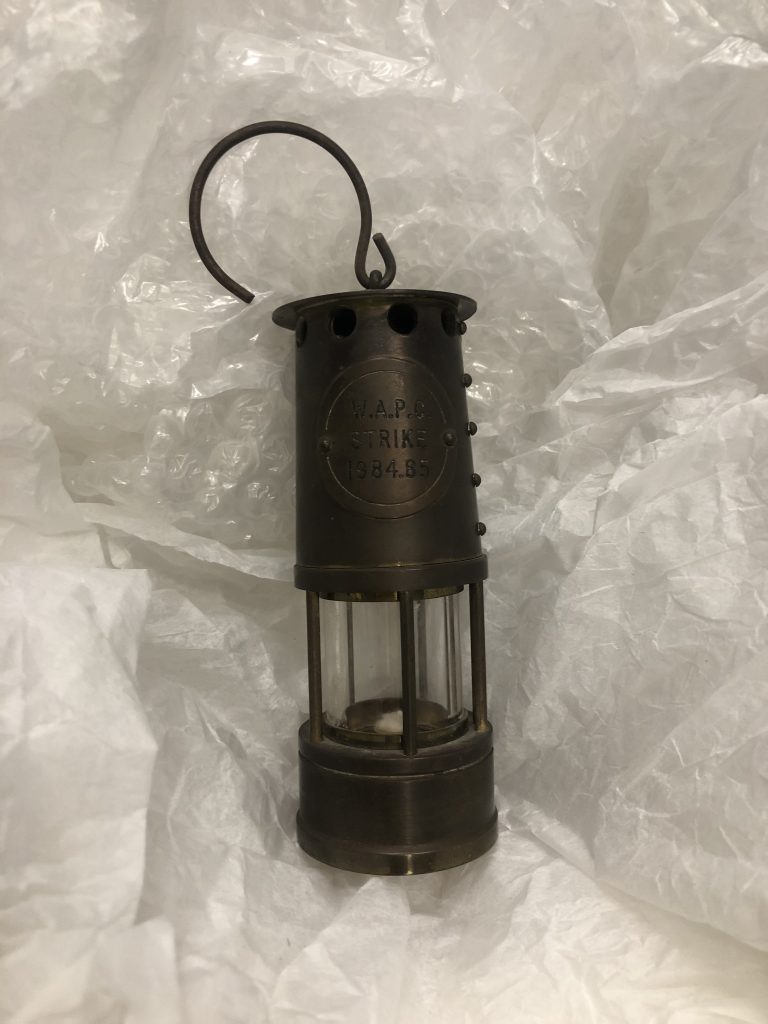
LSE Library collections are open to all and we’d love for you to visit to find out more about WAPC!

More information
Papers of Jean McCrindle, including records of Women Against Pit Closures


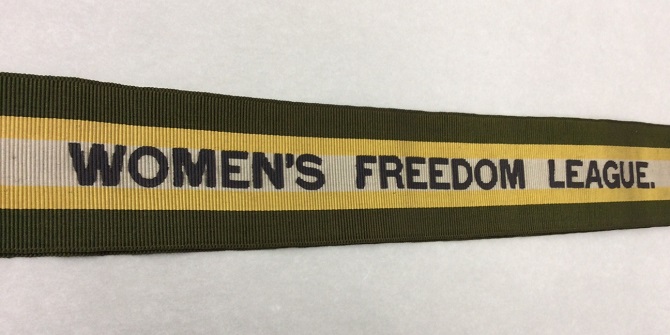
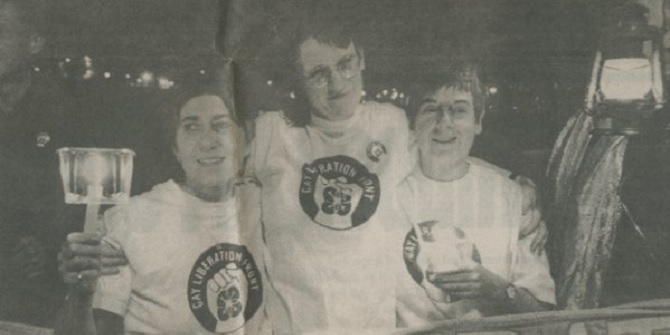
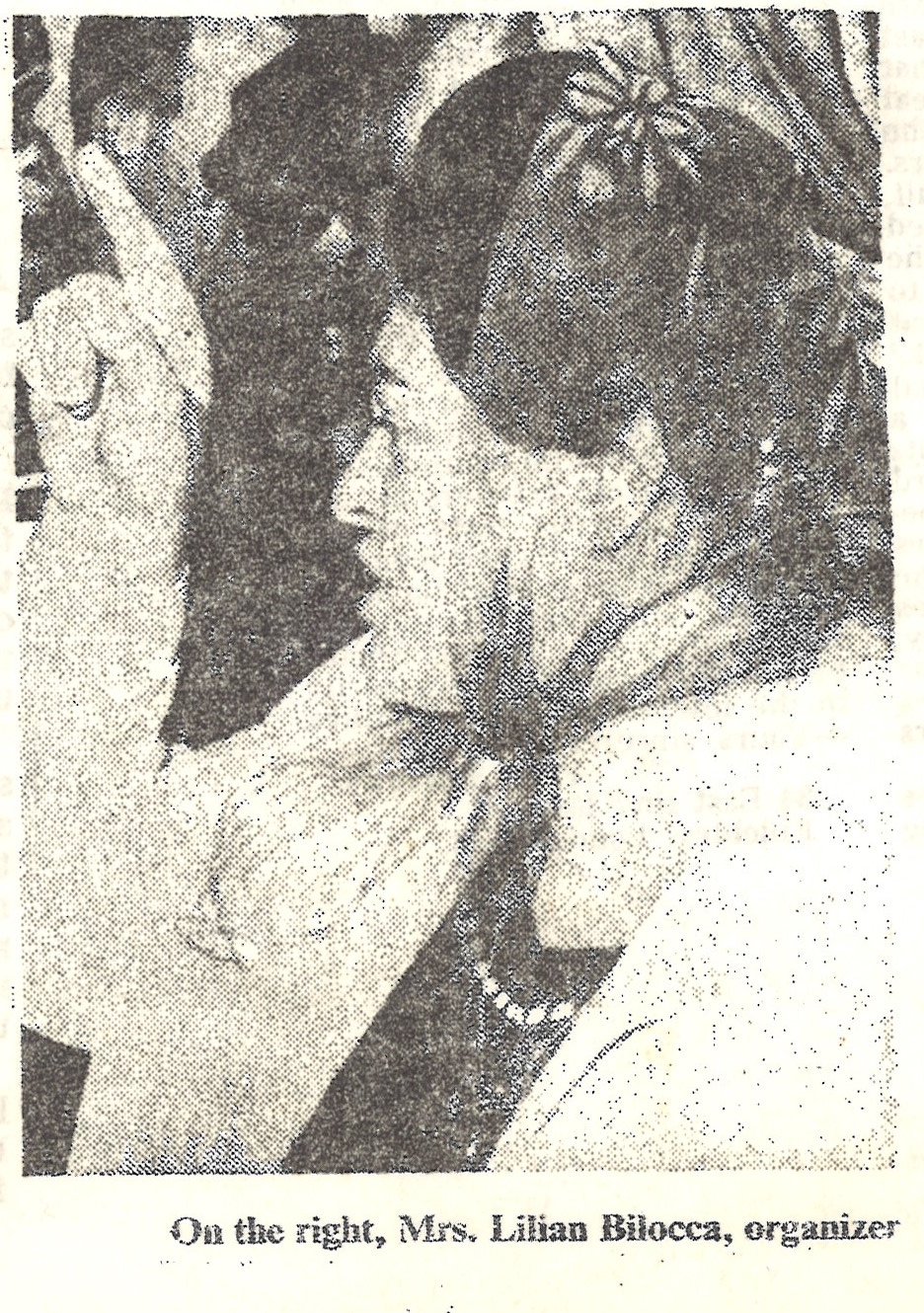

1 Comments